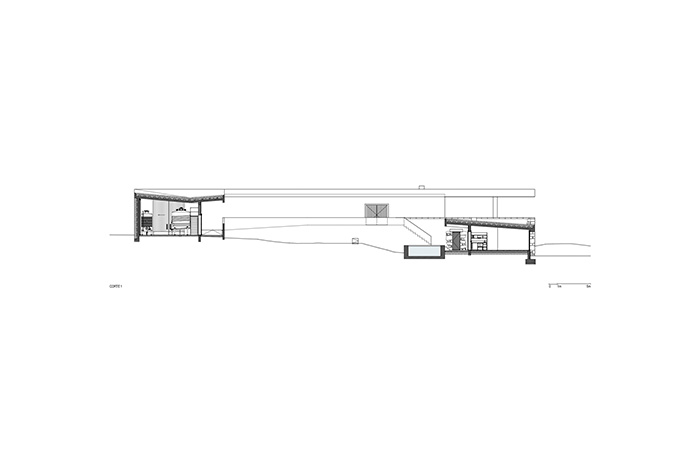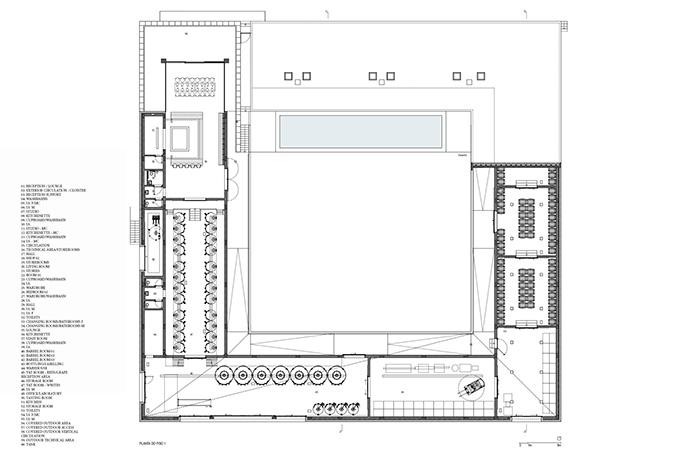DECivil Architecture Professors win RIBA International Award for Excellence 2024

The Professors of the Curricular Units of Architecture Project III and IV of the 2nd year of the integrated master's degree in Architecture Inês Vieira da Silva and Miguel Vieira won the RIBA International Award for Excellence 2024, with the Azores Wine Company Cellar building, in Pico island, a collaboration between SAMI-arquitectos with DRDH-Architects.
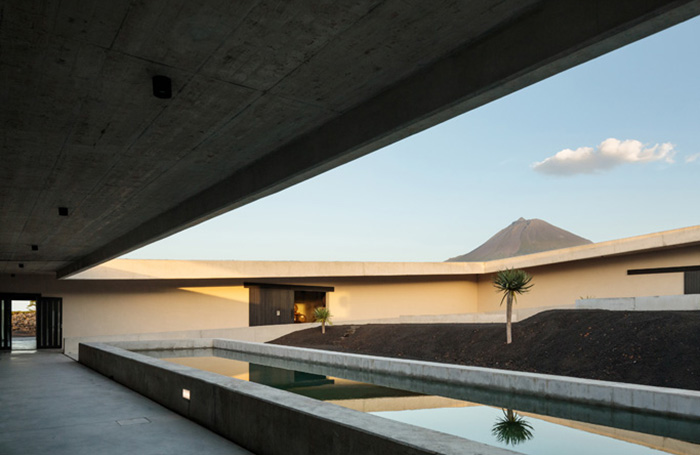
The RIBA International Prize is awarded by the Royal Institute of British Architects and constitutes a global recognition in architecture, celebrating buildings from around the world that demonstrate visionary thinking, design excellence and social impact. In 2024, this award distinguished 22 projects that represent a significant cultural change in the way architecture is designed and built for current and future generations. From private homes and subway stations to museums and schools, each project exemplifies the highest caliber of architectural response to social, cultural and environmental challenges.
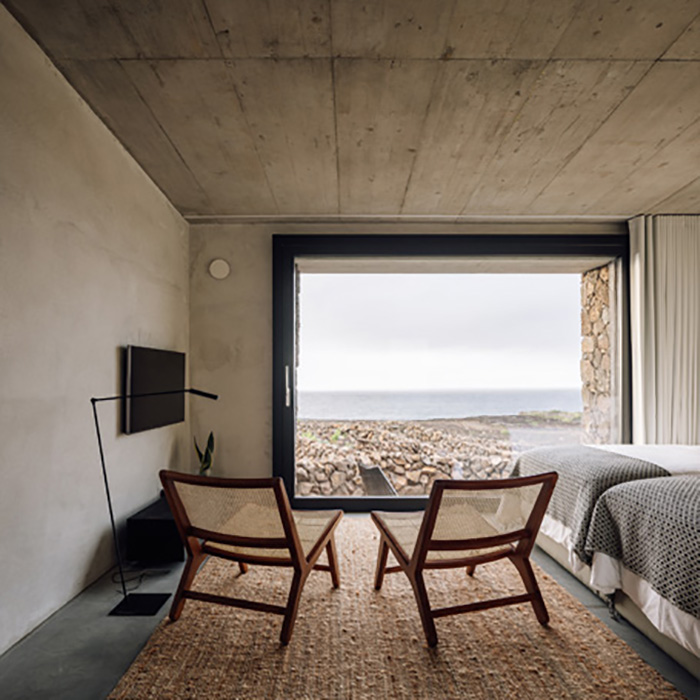
The architectural description of the building is as follows:
“A new adega for the Azores Wine Company is located within the Unesco World Heritage vineyard landscape of Pico Island, one of the nine islands that form the mid-Atlantic, Azorean archipelago. In a manner not dissimilar to the island’s traditional wineries - small-scale structures located along the coast where wine was produced and family and friends were welcomed – the building combines spaces of production with those of conviviality and extended domesticity, within a single coherent form."
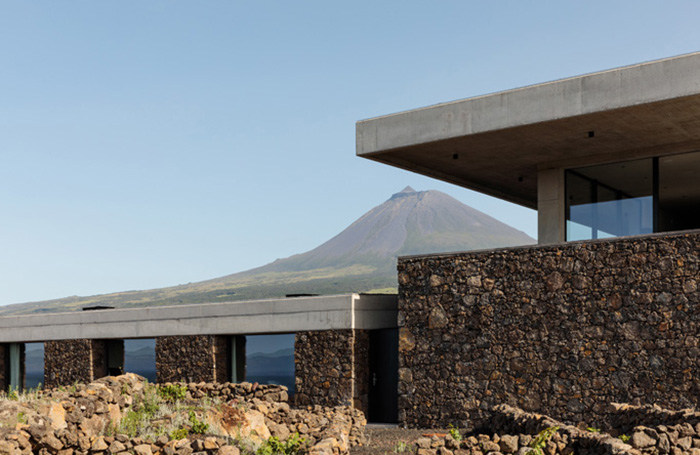
"Recalling the cloistered courtyard typologies of the religious institutions, Pico’s most significant historical structures and the communities for whom wine was first produced, the building’s simple, geometrical volume defines a garden at its centre. Enclosed by a covered perimeter, this intimate exterior space counterpoints the scale of the landscape beyond."
"The precision of the plan form is adjusted in section to follow the rugged terrain, which rises from the rocky, windswept coastline to the cone of Pico mountain, the volcano that dominates the island. The changing relationship between topography and horizon is experienced in the movement around the reduced form of this cloister like edge, where a continuously ramping, exterior path climbs from within the shelter of the bounding wall to address the landscape. Along the way it interacts with a sequence of production spaces, which occupy three of the sides. Arranged as an enfilade, these commence in a series of barrel rooms that step up the slope from the space of entry to arrive at tank rooms for red and white wine and finally culminate in a tasting room that overlooks an upper terrace. Below it, a house for the owners culminates a sequence of five guestrooms. These occupy the lower, Northern edge of the courtyard, set against the linear edge of a water retention pool."
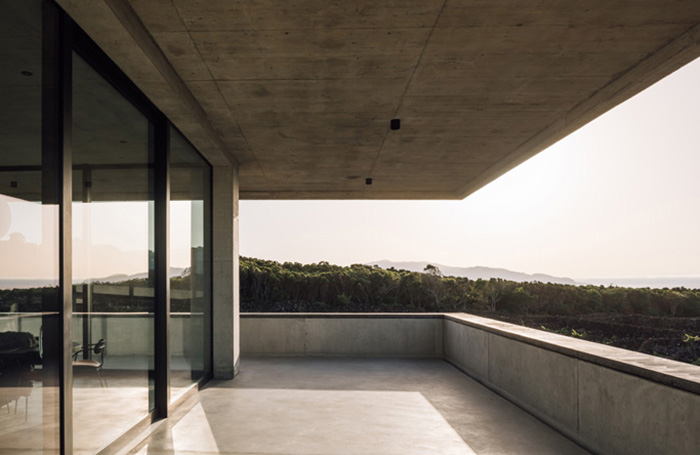
"Looking across their roofscape, the terrace offers an expansive prospect, encompassing the intense latticework of lava stone walls, known as currais, that protect the vines. Beyond them, the neighbouring islands of Faial and São Jorge are set within the wide expanse of the Atlantic Ocean, while turning back South, the edge of the roof frames the cone of the volcano itself. This concrete edge draws a continuous and rigorous line within the landscape, drawing together the contrasting material character of interior and exterior. Below it, the outer wall of the building is of dry stacked stone, recovered from the terrain of the vineyard as spolia and merging its form almost seamlessly into the wider network of walls."
"Within, the abstraction of the white plaster surfaces refers to the manner in which the most important historical buildings on the island were distinguished from their agricultural and industrial neighbours. In this way, an industrial building of a new scale is situated within a remarkable and highly sensitive context, in a way which allows it to take its place within, and recede into, the intricacies of the manmade landscape it serves."
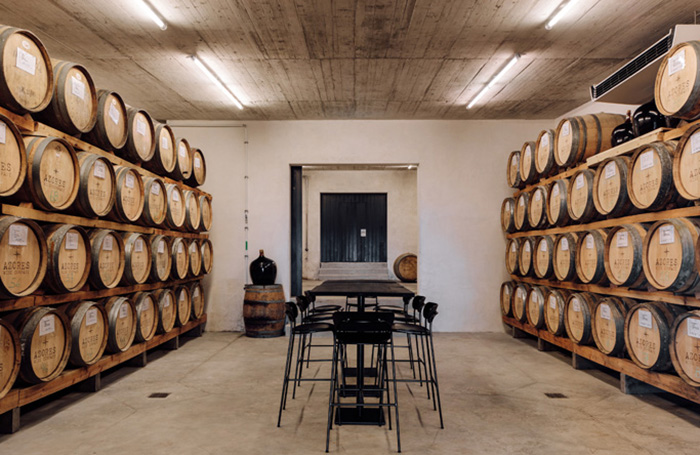
"The first significant production facility constructed in more than a century, the adega allows the vineyards to regain their true purpose and in doing so, commences a process of remaking a wine region. One which was once of worldwide significance, but has long been forgotten.”
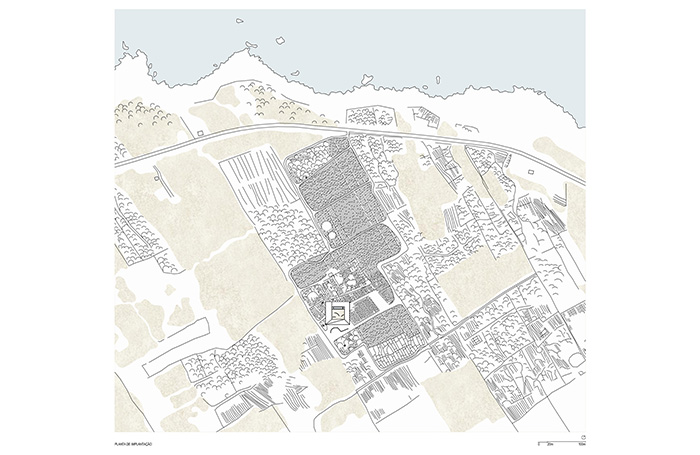
DECivil congratulates Professors Inês Vieira da Silva and Miguel Vieira for this award and wishes them all the best.
🔗 Biography: https://linktr.ee/decivil
